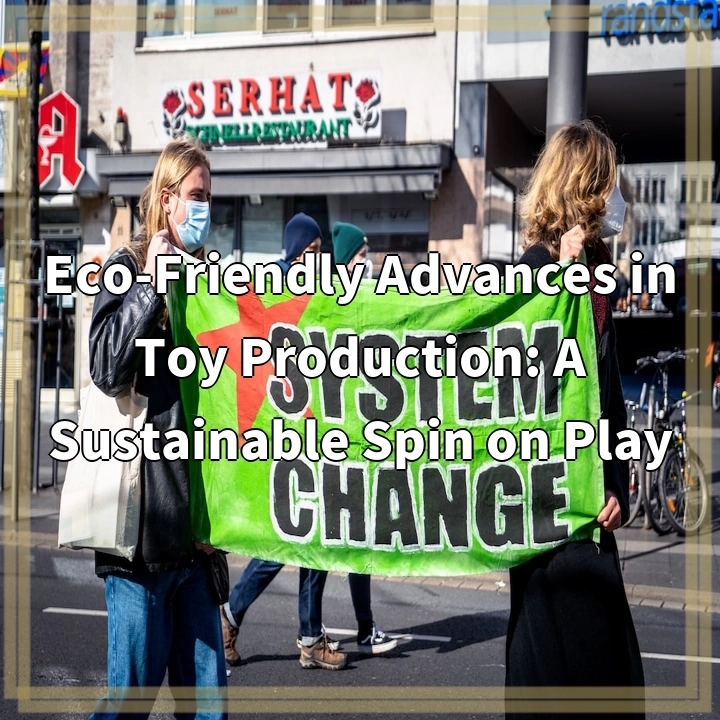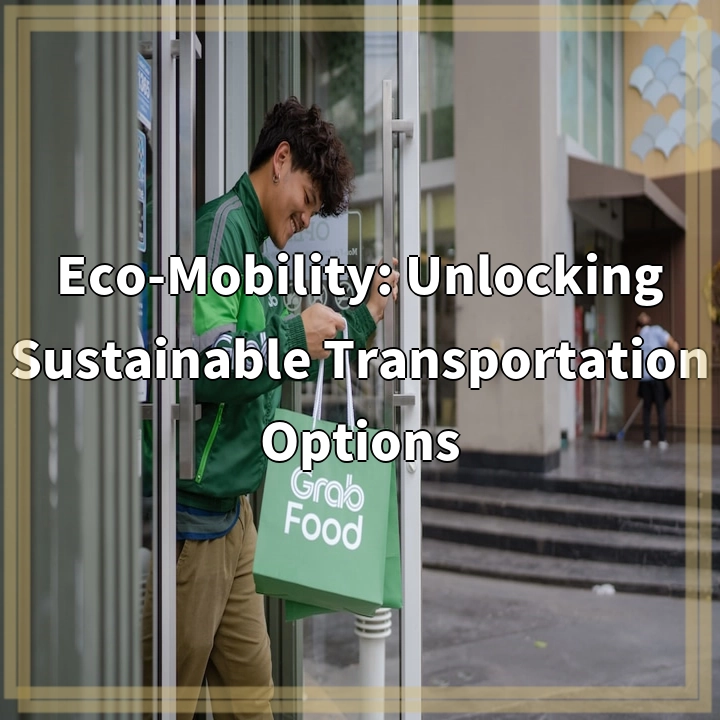
What it is:
In recent years, there has been a growing movement towards eco-friendly advances in toy production. This shift represents a commitment by toy manufacturers to reduce their environmental impact and create more sustainable options for children to enjoy. Eco-friendly toys are designed with materials, processes, and packaging that minimize harm to the environment and prioritize sustainability. These toys offer a refreshing alternative to the conventional plastic and battery-operated toys that dominate the market.
Real-World Problems Associated with Eco-Friendly Toy Production:
While the increase in eco-friendly toy production is a positive step, it does come with its fair share of challenges and real-world problems. One of the primary concerns is the higher cost associated with manufacturing these toys. Eco-friendly materials such as sustainably sourced wood, organic cotton, or recycled plastic can be more expensive than their conventional counterparts. This poses a financial barrier for some consumers, making it less accessible for all children to have access to eco-friendly toys.
Additionally, scalability and production capacity present obstacles for certain toy manufacturers. Switching to sustainable materials often requires changes to supply chains and production processes. Some manufacturers may find it difficult to obtain large quantities of eco-friendly materials or may struggle to adapt their manufacturing facilities to accommodate the use of sustainable materials.
Another challenge lies in the marketing and consumer awareness of eco-friendly toys. Many parents and caregivers may be unaware of the environmental impact associated with conventional toys and may not actively seek out eco-friendly alternatives. Raising awareness about the benefits of eco-friendly toys and educating consumers on how to make more sustainable choices when purchasing toys is a critical part of overcoming this challenge.
Finally, toy safety regulations and standards can vary across different countries and regions. Ensuring that eco-friendly toys meet rigorous safety standards while also being sustainable adds complexity to the production process. Toy manufacturers must carefully balance safety and sustainability to create toys that are both environmentally friendly and safe for children to use.

Potential Solutions for Eco-Friendly Toy Production:
Despite the challenges, there are several potential solutions to encourage the growth of eco-friendly toy production and address the real-world problems associated with it.
1. Affordability and Accessibility:
To make eco-friendly toys more accessible, it is crucial to find ways to reduce production costs. This can be achieved through economies of scale, technological advancements, and government incentives. Toy manufacturers can also explore partnerships with sustainable material suppliers to secure more affordable and reliable sources. Additionally, educating consumers about the long-term benefits of eco-friendly toys and helping them understand the value they bring to children’s play experiences can increase demand and affordability.
2. Collaboration and Innovation:
Collaboration within the toy industry and across sectors can drive innovation and overcome production challenges. Toy manufacturers can work together to share knowledge, resources, and best practices. Collaboration with research institutions, sustainability experts, and materials suppliers can lead to the development of new eco-friendly materials that are both cost-effective and sustainable. By supporting research and development initiatives, the industry can accelerate the adoption of environmentally friendly toy production methods.
3. Consumer Education and Awareness:
Increasing consumer awareness about the environmental impact of conventional toys and the benefits of eco-friendly alternatives is crucial. Toy manufacturers can take the lead in educating and engaging consumers through marketing campaigns, labeling initiatives, and digital platforms. This will empower consumers to make informed choices and actively seek out eco-friendly toys. Collaborating with influencers, educators, and environmental organizations can amplify the message and encourage more sustainable purchasing decisions.
4. Harmonizing Safety Standards:
Establishing globally harmonized safety standards for eco-friendly toys can ensure that they meet safety requirements without compromising their sustainability. Collaboration between industry associations, regulatory bodies, and consumer advocacy groups can help create consistent guidelines and regulations. This will provide clarity for manufacturers and build trust among consumers regarding the safety of eco-friendly toys. Sharing best practices and conducting regular safety audits can also boost confidence in the industry.















